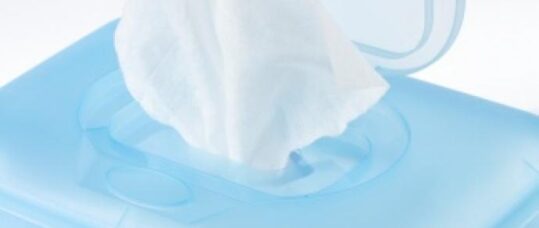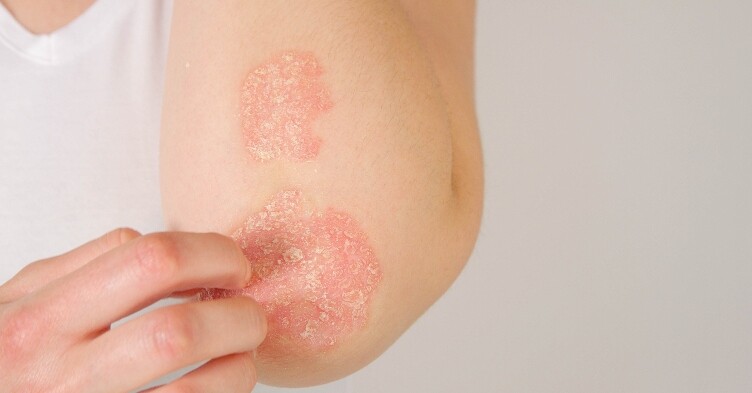Blog: Wipe it – the over use of wet wipes

Wet wipes are commonly used and there are a variety of products available: baby, makeup, toilet, household, personal hygiene and healthcare wipes to name a few. Why do we need so many? Are we living in a world of wet wipe overload and over reliance on them? Have we become lazy?
These products come with potential problems both environmentally and dermatologically and I have a personal interest as a dermatology nurse. From a dermatology perspective the skin sites exposed to these products may develop hand, perianal, vulval, napkin, facial or eyelid dermatitis.1 These reactions may be an irritant reaction occurring as a direct result of physical damage or by cumulative damage to the skin from substances such as wipes, detergents, soaps etc. Additionally, it can also an allergic reaction to the wipes ingredients fragrances and preservatives such as: methylisothiazolinone (MI).
From an environmental perspective in 2015, during the MCS (Marine Conservation Society)Great British Beach Clean, volunteers found nearly 4,000 wet wipes around the UK coastline – that’s roughly 50 for every kilometre cleaned – a 30% rise on the previous year and a 400% rise in a decade and their recent campaign to stop us flushing and better wet wipe labeling provides us with some key points to consider:2
Related Article: Call for regulatory guidelines as NHS adopts AI in dermatology care
· Our sewerage systems weren’t built to cope with wet wipes.
· Flushed wet wipes are a nightmare. It only takes a few to clog up your drains and when they team up with fats and oils they create massive “fatbergs” in the public sewers –which can be as big as a bus!
· The average cost to sorting out a wet wipe blockage is around £66.
· Water companies say there are over 366,000 sewer blockages throughout the UK every year, of which between 50% and 80% are caused by fats, oils and grease, wipes, sanitary waste and other unflushable items.
Related Article: Abdominal body fat is a higher risk for developing psoriasis
· This has resulted in around £88 million being spent annually on sorting out the blockages – costs that will be paid for through higher customer bills.
The problem is wipes are not simply a dampened form of paper towel; they are usually made from a combination of plastics, wood pulp and cotton and don’t degrade easily. Therefore, they float in our sewers and seas and fill landfill sites. So from an environmental and dermatology perspective we need better labelling of these products: regarding flushing and better ingredient lists for dermatology patients who have a known allergy to a variety of ingredients found in wipes and other cosmetics/household products.
References
Related Article: CPD: Case by case – acute and emergency dermatology presentations
1. DermNetNZ. Methylisothiazolinone allergy, 2016. dermnetnz.org/topics/methylisothiazolinone-allergy/ (accessed 2 September 2016).
2. Marine Conservation Society. (2016) Marine Charity Reveals How Wet Wipes Turn Nasty When You Flush Them, 2016. mcsuk.org/press/view/686 (accessed 2 September 2016).

See how our symptom tool can help you make better sense of patient presentations
Click here to search a symptom


Wet wipes are commonly used and there are a variety of products available: baby, makeup, toilet, household, personal hygiene and healthcare wipes to name a few



